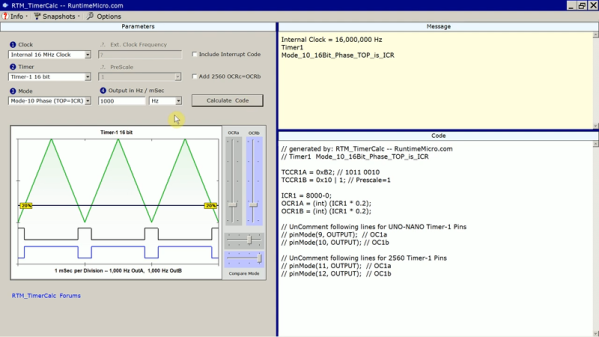It’s not every day that we see someone trying something new with robot locomotion, but [kong]’s robot Rollyboi was made to do exactly that by mixing up the usual robot-wheel-motor layout. Instead of the robot using motors to drive wheels, Rollyboi is itself the wheel, and uses multiple simple arms (legs?) attached to hobby servo motors to propel itself. The idea is that the arms swivel out one at a time to roll the robot along as needed.
 It’s a novel idea, but how well does it work in practice? The first version was blind and mechanically unstable, with no idea which way was up and therefore no way to effectively control which arm needed to be extended, but was nevertheless able to roll along. The next version implemented a simple control system: buttons installed along the outside rim let the robot know how it is moving and which arm to extend next. With two sets of arms (one on each side) the robot becomes capable of executing simple turns by extending one arm more than the other.
It’s a novel idea, but how well does it work in practice? The first version was blind and mechanically unstable, with no idea which way was up and therefore no way to effectively control which arm needed to be extended, but was nevertheless able to roll along. The next version implemented a simple control system: buttons installed along the outside rim let the robot know how it is moving and which arm to extend next. With two sets of arms (one on each side) the robot becomes capable of executing simple turns by extending one arm more than the other.
In the end, Rollyboi could move but still lacks a means to perceive and navigate its environment. This is made more challenging by the fact that the robot’s body (and therefore any sensors mounted to it) would be in constant motion as the robot moves. Still, it’s interesting to see how far the idea went using only simple hardware, and its motion gives off a certain radial solenoid engine vibe. You can watch a brief video below.


















